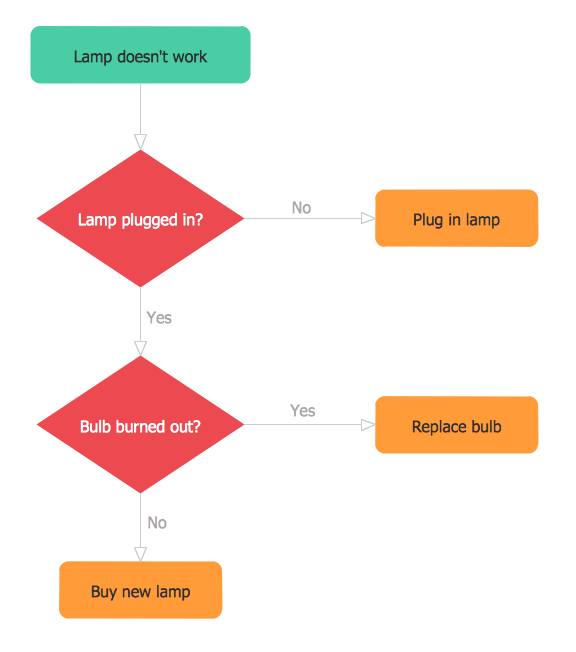Today we used flowcharts and activity diagrams to draft out a 2d
game and collectathon 3d platformer. These are incredibly useful tools to use
when planning a game as they allow you to draft out how your project is
specifically going to work and also really make you consider how it’s going to
be put together. As explained by (sad111463042,2013), these diagrams demand quite a lot of detail when inputting data, and therefore
allow you to simulate how the actual programming code for your game will work,
as each command leads to the next with various decisions, separations and
progression boxes along the way. So once you’ve finished your drafting you’ll
end-up with a clear and concise idea of how your game will play out, and it’ll
be much easier to write out and insert your programming into the game engine,
as you’ll know specifically what to do! Flowcharts also help you communicate
your ideas and designs to other people in a clear, visual and readable manner,
and are a great way to document all of your ideas before you start.
 |
| A basic example of how a flowchart can be laid out. (Conceptdraw, 2015) |
 |
| An example of the Blueprint programming interface in Unreal 4- note the very similar design to flowcharts and activity diagrams allowing for a clear view of how the game's logic flows. (Staraban, 2014) |
Some programming systems like Unreal 4’s Blueprints even
follow a visually-based flowchart design for programming, making the process
even easier, this is listed on Unreal 4’s dedicated AnswerHub (Unreal 4 a, 2015). I will discuss more about Blueprints and their uses compared to C++ in the next post!
Overall upon reflection though I found these planning methods incredibly useful to use and would like to use them further on in the future in order to draft a plan for a game's programming, even though complicated games can be very time consuming when planning this way. I could use other planning methods instead like Pseudo-code. These planning tools should be used by every programmer before they even touch software like Unreal 4, as rather than blindly hooking together blueprints or typing code in C++ with no clear direction, and a vague goal or outcome, the programmer will know exactly what they want to achieve and in what order to do it too simply by following their own plans. That way they can adapt their charts into a code-based form that follows a similar formula.
Overall upon reflection though I found these planning methods incredibly useful to use and would like to use them further on in the future in order to draft a plan for a game's programming, even though complicated games can be very time consuming when planning this way. I could use other planning methods instead like Pseudo-code. These planning tools should be used by every programmer before they even touch software like Unreal 4, as rather than blindly hooking together blueprints or typing code in C++ with no clear direction, and a vague goal or outcome, the programmer will know exactly what they want to achieve and in what order to do it too simply by following their own plans. That way they can adapt their charts into a code-based form that follows a similar formula.
No comments:
Post a Comment